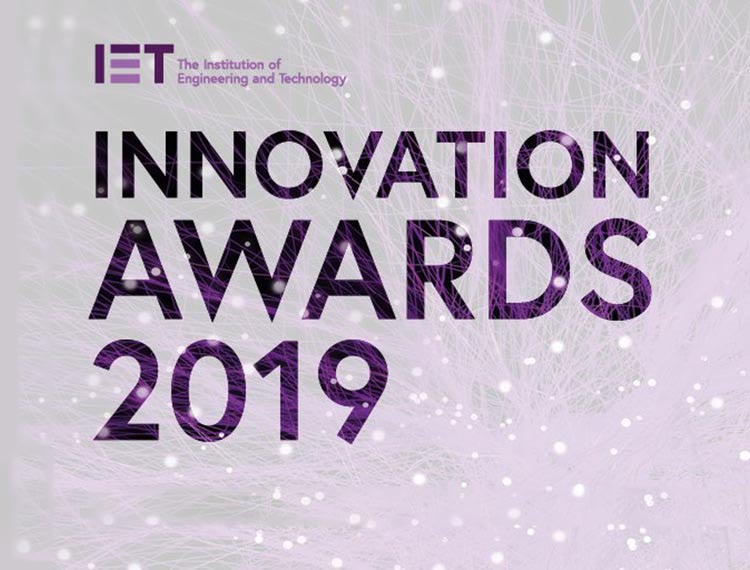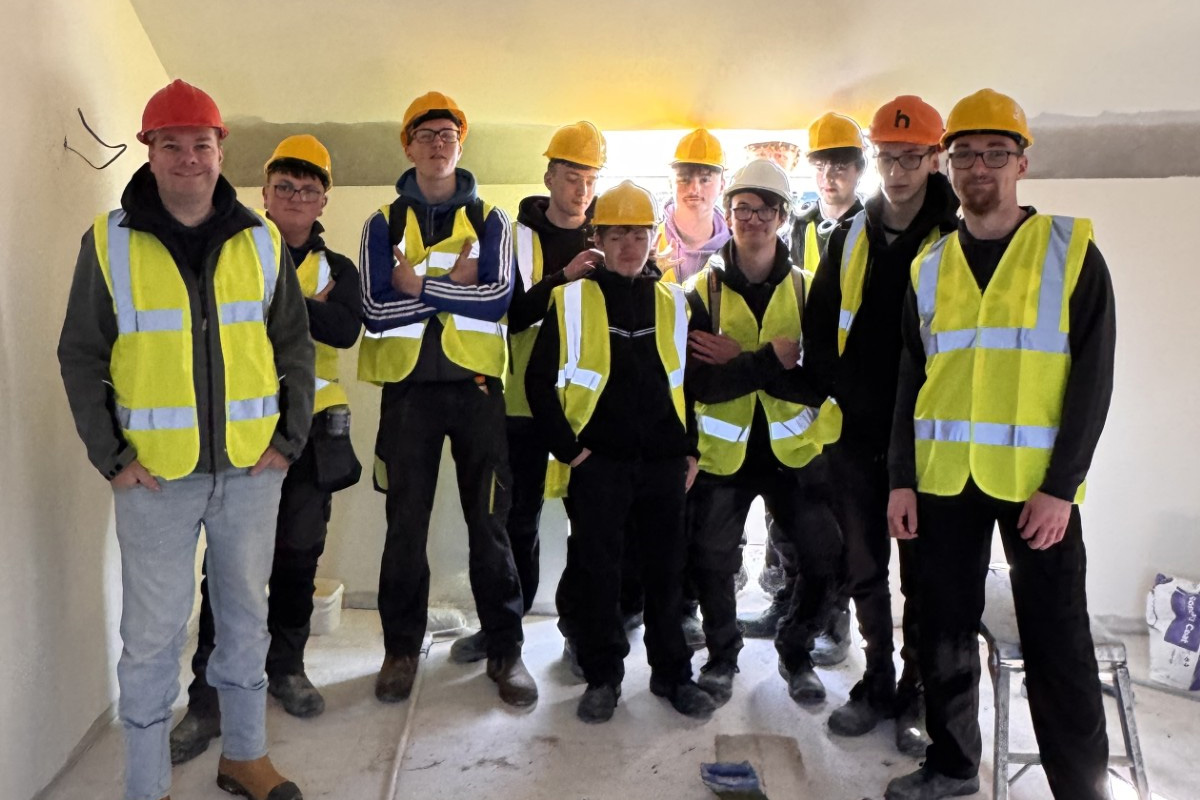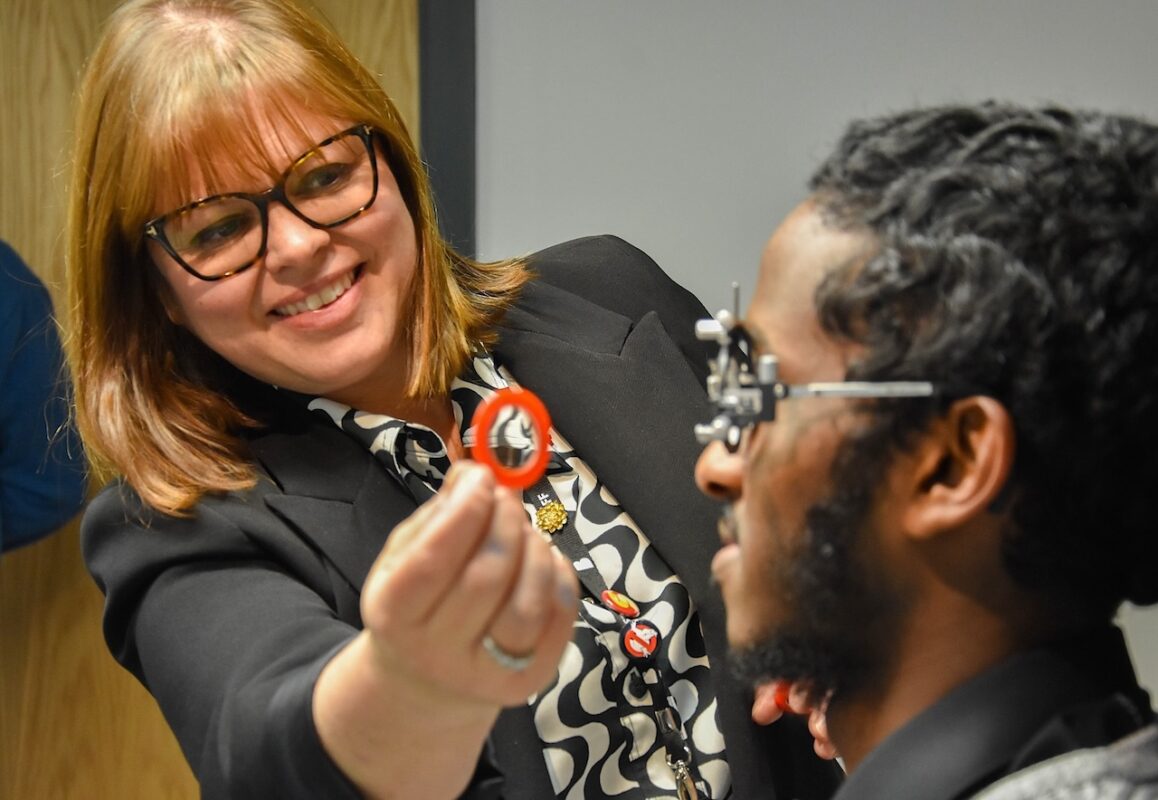A diverse range of companies and academic institutions steal the show at IET Innovation Awards #TomorrowToday

Cutting edge advances in the fields of engineering and technology were celebrated at the Institution of Engineering and Technology’s (IET) Innovation Awards ceremony in the heart of London last night.
That’s it for this evening! A huge thank you to all of our sponsors, finalists and winners ?. Our 2019 innovators have all been fantastic and continue to inspire the next generation of engineers. #TomorrowToday pic.twitter.com/tjLps6Nbzb
— IET Awards (@IETawards) November 13, 2019
Heriot-Watt University and SP Energy Networks won the top prize, the IET and E&T Innovation of the Year, for their Network Constraints Early Warning System (NCEWS) that develops algorithms to extract information about missing cable assets and voltage excursions.
The software platform uses large-scale smart meter asset data to develop advanced machine learning, specifically deep learning, algorithms to extract information about missing cable assets and voltage excursions. This achieves high predication-accuracy, even if, as often the case, some data is missing.
The innovation also won the Information Technology category. Other innovations that won prizes at the awards included inventions to improve healthcare treatment, repair power networks, alert the need for structural repairs and generate renewable energy.
On winning, Heriot-Watt University and SP Energy Networks said:
“We are delighted to have won both the Information Systems Award and IET’s inaugural E&T Innovation of the Year prize at this year’s Innovation Awards. The award highlights a very successful collaboration between the Smart Systems Group at Heriot-Watt University, led by Dr Valentin Robu and Prof. David Flynn, and the project team at SP Energy Networks, Dr Maizura Mokhtar, Caroline Loughran, Jim Whyte, Ciaran Higgins and Fiona Fulton.
“The methods we’ve developed are at the forefront of research efforts in this area and have resulted in publications in top international journals and conferences, such as CIRED (the International Conference on Electricity Distribution) and IEEE Transactions on Smart Grid.”
IET President, Peter Bonfield, added:
“This is the fifteenth year of our Innovation Awards, which recognise and celebrate the achievements of the most outstanding innovations across engineering and technology. This year’s finalists come from a diverse range of companies and academic institutions, who all demonstrate the innovation and imagination of engineers worldwide as they tackle major economic and social challenges.
“With the IET’s mission to inspire excellence in engineering and technology, we are so proud to show our support for these exceptional innovators, putting their innovations in the spotlight and helping them to advance their fundamental work.”
The 2019 IET Innovation Award winners are:
- IET and E&T Innovation of the Year: Heriot-Watt University and SP Energy Networks for their Network Constraints Early Warning System (NCEWS) which develops algorithms to extract information about missing cable assets and voltage excursions.
- Armed Forces: The Royal Navy for HECLA; the collection of Hydrographic Data using Autonomous Underwater Gliders to support Live Anti-Submarine Warfare Operations.
- Communications: Joint Forces Command Medical Innovation Hub (JHubMed) for their telemedicine on the battlefield; a networking monitoring device that enables clinical support to be transferred to the frontline during operations.
- Cyber Security: Senseon for their cyber threat detection and response, stopping attacks in real time.
- Emerging Technology Design: Boston University for their magnetic metamaterials to significantly improve the performance of MRI.
- Healthcare Technologies: University of Nottingham for Monica Healthcare – the world’s first wearable labour and delivery foetal monitor, making life-saving early interventions possible around the globe.
- Information Technology: Heriot-Watt University and SP Energy Networks for their Network Constraints Early Warning System (NCEWS) which develops algorithms to extract information about missing cable assets and voltage excursions.
- Intelligent Systems: Ocado Engineering for their Intelligent Bot Swarm ‘The Hive’ that reduces average order picking time from 90+ minutes to 5 minutes.
- Manufacturing Technology: University of Liverpool for their in-situ monitoring of the Electron Beam Additive Manufacturing process to address the lack of quality control in metal 3D printing.
- Model-Based Engineering: University of Southampton for their Multiphysics Simulations for Robust Computational Modelling of Stochastic Nanostructures.
- Power and Energy: UK Power Networks and Smart Wires for Load Share; leveraging advanced and innovative power flow control to increase the flexibility of Distribution Networks and enable the connection of Distributed Energy Resources cheaper and faster to customers.
- Safety Technology: HiLo Maritime Risk Management for their life-saving maritime knowledge sharing platform and statistical risk model.
- Start-up: Orbex for creating the Prime rocket; an orbital launch vehicle to deliver small satellites into Earth’s orbit.
- Sustainability & Environmental Impact: Upcycle Africa for constructing affordable homes out of plastic waste while empowering communities to protect the environment.
- Technology Transfer: GroundProbe for their Geotech Monitoring LiDAR (GML) technology for Tunnel Construction.
- Transport: Heriot-Watt University and Research Centre for Carbon Solutions for creating low carbon jet fuel through integration of novel technologies from co-valorisation of CO2 and biomass.
- Young Innovators: University of Liverpool for their in-situ monitoring of the Electron Beam Additive Manufacturing process to address the lack of quality control in metal 3D printing.











Responses